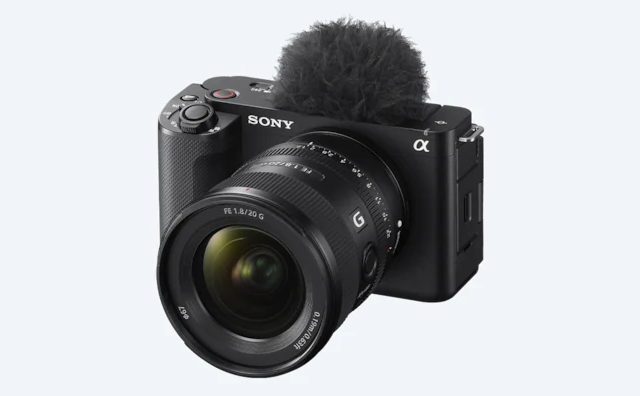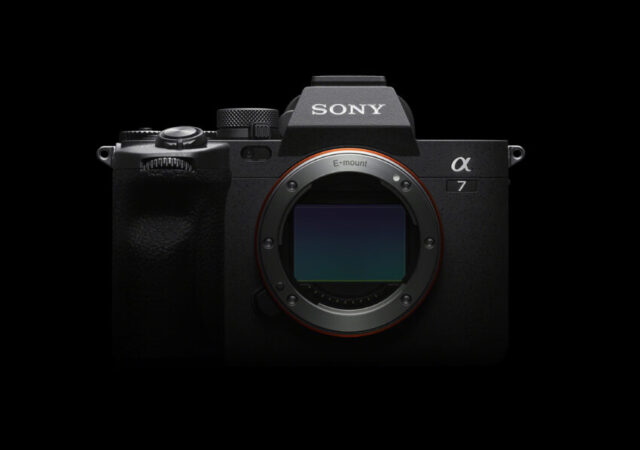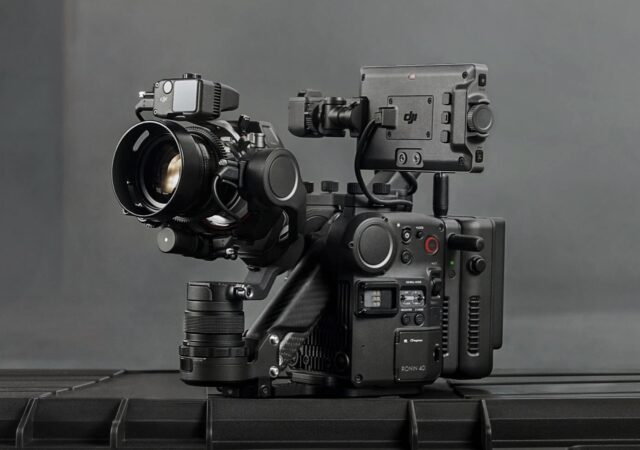Sony launches yet another camera aimed for vlogging, the ZV-E1. The new ZV-E1 comes with a full-frame sensor and some AI functions.
Sony’s ALPHA 7 IV (α7 IV) Redefines the ‘Basic’ Necessities of a Full-Frame Mirrorless Camera
Sony launches their new Alpha 7 IV mirrorless full-frame camera that redefines what a ‘basic’ mirrorless camera should entail.
The DJI Ronin 4D Launches and is a Filmmaker’s Wet Dream on Gimbals
DJI launched the Ronin 4D, a full-frame Zenmuse X9 cinema camera that is mounted on a 4-axis gimbal for the ultimate cinema camera.
[Update] The New Sony Alpha 7C (α7C) – Mirrorless Full-Frame is Now Lighter, Smaller, and More Affordable at MYR 8,399!
Sony just launched their brand-new Alpha 7C, the lightest and smallest full-frame camera in the world; most affordable too.






